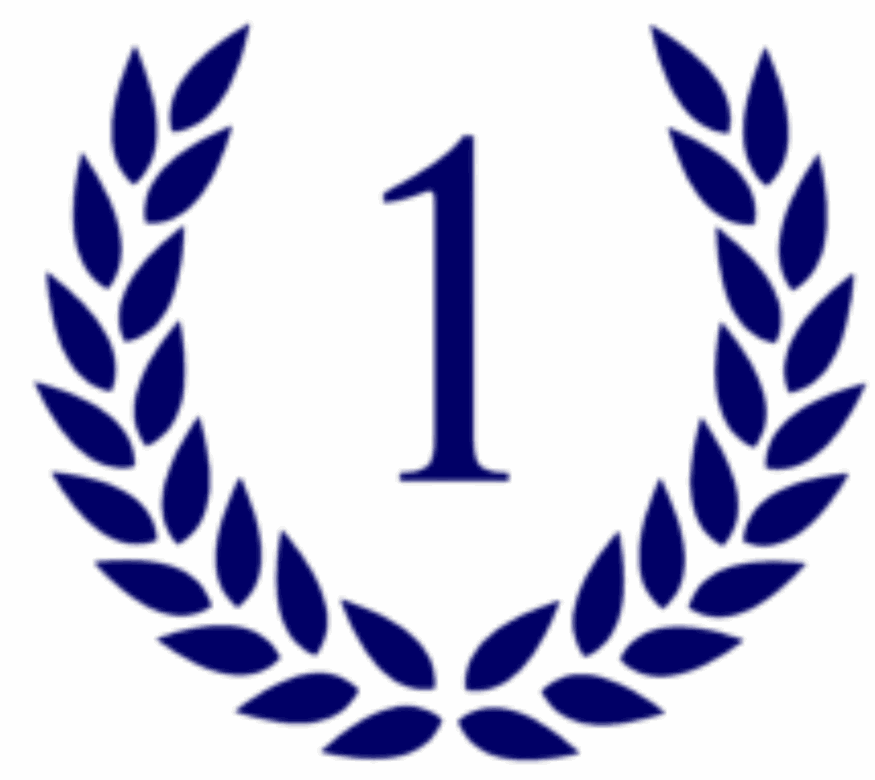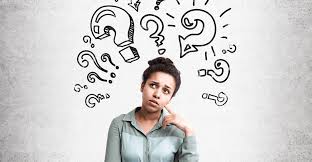 Recently, I had the opportunity to shadow another tutor, Sienna, during a Year 9 mathematics tutoring session. Observing her approach provided valuable insight into effective teaching strategies, particularly the importance of an empathetic style of teaching to teach difficult concepts. Rather than focusing solely on reaching the correct answer, she took the time to understand how the student was thinking and where their confusion originated. When the student expressed uncertainty, Sienna responded with patience and reassurance, creating a supportive environment where the student felt comfortable asking questions and making mistakes.
Recently, I had the opportunity to shadow another tutor, Sienna, during a Year 9 mathematics tutoring session. Observing her approach provided valuable insight into effective teaching strategies, particularly the importance of an empathetic style of teaching to teach difficult concepts. Rather than focusing solely on reaching the correct answer, she took the time to understand how the student was thinking and where their confusion originated. When the student expressed uncertainty, Sienna responded with patience and reassurance, creating a supportive environment where the student felt comfortable asking questions and making mistakes.
Sienna also demonstrated a strong skill in explaining difficult concepts in a simple and accessible way. She broke down complex problems into manageable steps and used clear language to guide the student through each stage of the process. By relating abstract ideas to familiar examples, she made the content more relatable and easier to grasp. This approach not only improved the student’s understanding but also boosted their confidence in tackling similar problems independently.
What stood out most was Sienna’s ability to actively engage the student throughout the session. She asked thoughtful questions, encouraged the student to explain their reasoning, and adapted her explanations based on the student’s responses. This interactive approach ensured that learning was meaningful and supportive.
Shadowing Sienna reinforced the importance of empathy, clarity, and engagement in effective tutoring. The experience inspired me to adopt similar strategies in my own teaching practice, particularly by prioritising student understanding over speed and fostering a learning environment that encourages curiosity and confidence.
William Kelleher









